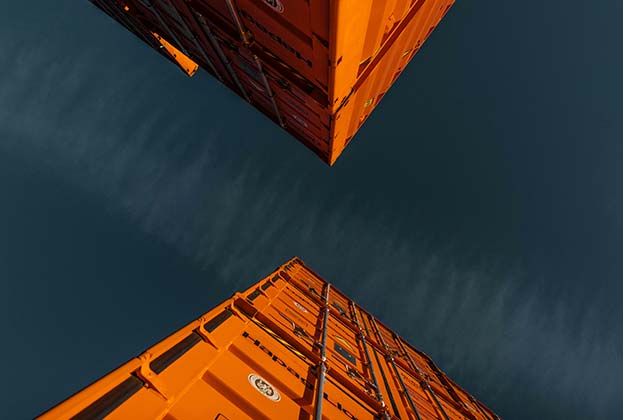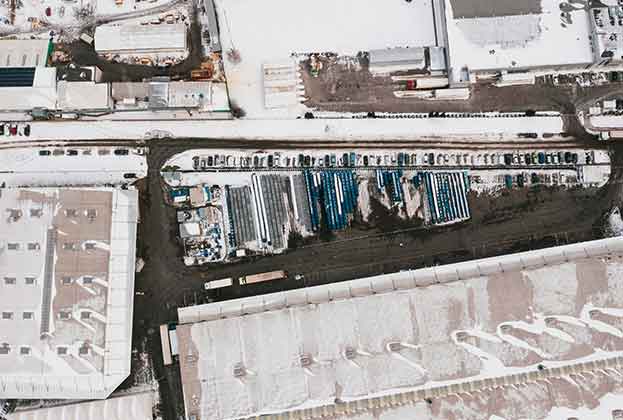There are signs of momentum building in the investment market
Investment in the final quarter of the year totalled just under €7bn, falling by just 4% compared to the previous quarter. This brought the total investment for the year to €27.5bn, a decline of 51% year on year (YoY), highlighting the sharp decline in the investment market. There was some silver lining towards the end of the year, with an increase of 13% between the first and second half of the year.
On a quarterly basis, the largest markets in Europe have seen some of the greatest declines this year, with the UK (-34%), Netherlands (-65%) and France (-71%). At the same time, some of the smaller markets have seen strong performances this year, with Denmark (+273%), Ireland (+157%) and Norway (+73%) all seeing significant YoY increases.
The annual picture is more varied, with the UK seeing only the third-lowest decrease in investment volumes, falling by 34%. Meanwhile, Hungary (-73%), France (-74%) and Portugal (-89%) have seen the greatest declines. Notably, no market posted a YoY increase in investment this year, reflecting a consistent decline in overall investment activity.
Average prime yields continue to rise
Net initial yields on prime assets continued to rise in the final quarter of the year, increasing by 12 bps to 5.25%. Yields have risen by 50 bps since the start of the year and are currently 54 bps higher than the five-year average. The greatest increases in the prime were in Budapest (+50 bps), Milan (+30 bps), Warsaw, Barcelona, Dublin and Paris (+25 bps).
Looking ahead as we discussed in our recent European Logistics Opportunities Spotlight report, there will be numerous opportunities for investors in 2024. With interest rates expected to trend downwards, investors face less interest rate risk this year. Last year, the pricing expectation gap between vendors and purchasers was a major obstacle in the investment market. However, as interest rate cuts put downward pressure on yields, we would expect this gap to shrink.
Many owners of assets have taken a 'wait-and-see' approach in the past two years, choosing to extend financing on assets where possible. However, this is not a sustainable strategy in the long term, and we anticipate that there will be an increase in the number of assets purchased with leveraged finance in 2024. While borrowing costs are expected to decline, they are unlikely to return to the levels seen in 2019. As a result, stronger-than-average rental growth will be necessary to justify investment and development decisions in many markets. It is important to note that the logistics market appears to be well-positioned in terms of its fundamentals.
In 2024, we anticipate that there will be a divide in the market between prime and sub-prime stock. Due to the acute stock shortages between 2019 and 2022, many occupiers had to settle for sub-prime stock to secure space. However, as the market has slowed down over the past two years, we have seen a significant increase in the amount of vacant prime space available. This means that many occupiers who would have had to compete fiercely for prime stock in 2021 now have access to better-quality stock, settling for sub-prime stock to secure space.
In addition to the supply dynamics, there are other secular changes to occupier needs occurring, including greater concerns about energy efficiency and the implementation of new technologies like automation and supply-chain management systems. Modern warehouses are significantly more accommodating to these strategies. With occupier preferences shifting towards modern stock, the second-hand subprime stock will likely see a significant decline in demand and, in turn, weaker rental growth. Investors have also become more discerning about location, and we would expect to see markets with low vacancy rates, like the Czech Republic, Oslo and the Netherlands, perform well here.
Read the articles within Spotlight: European Logistics Outlook – February 2024 below.
.jpg)

